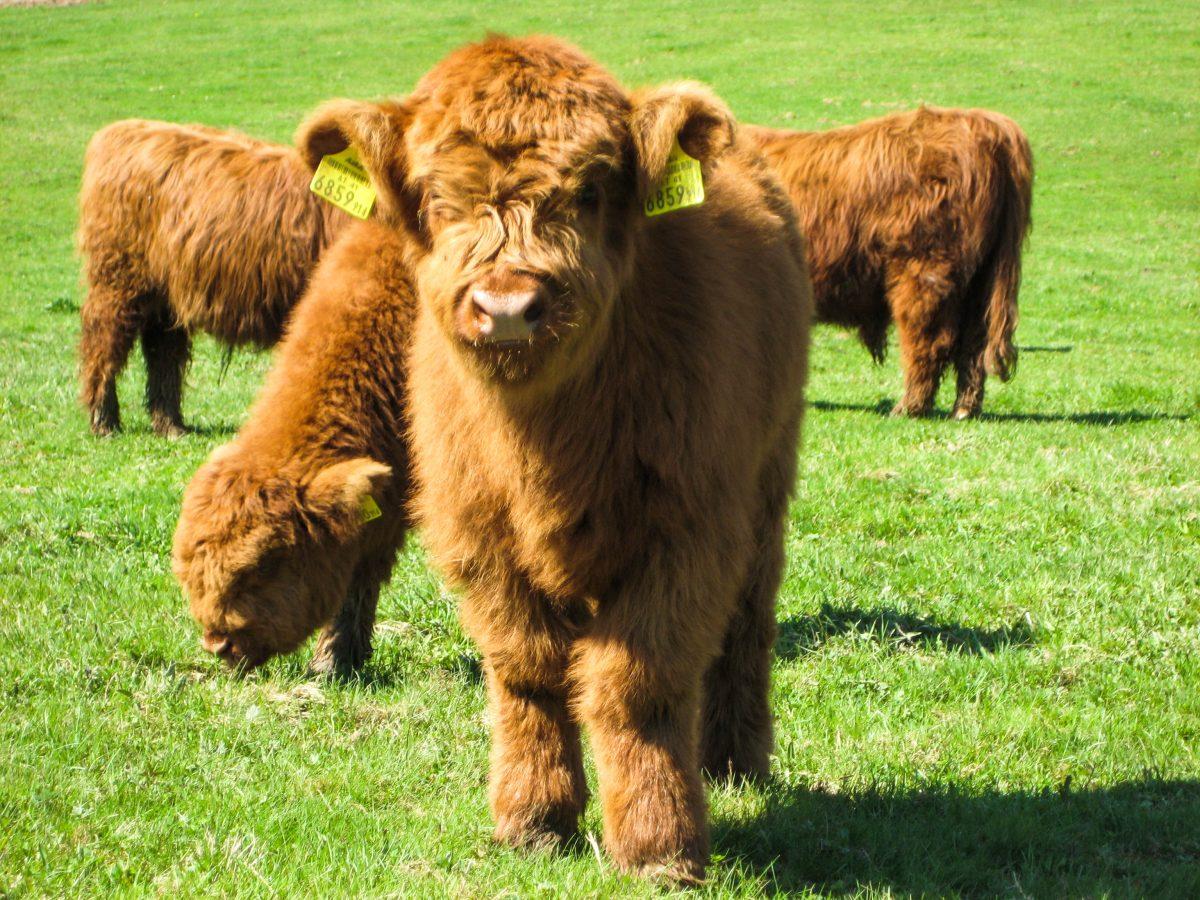Miniature bovine are becoming increasingly popular as homesteading pets, primarily among hobby farmers.
Miniature cattle can offer similar benefits to full-sized cattle such as milk and meat, while being more cost-effective for farmers with less land. Dr. Evelyn MacKay, a clinical assistant professor of food animal medicine and field service at the Texas A&M College of Veterinary Medicine & Biomedical Sciences, said the animal’s care requirements, just like the cattle, are small.
“[The care requirements] are almost exactly the same as regular cattle, they just eat less feed,” MacKay said. “Their living accommodations should be the same as regular cattle. They just need slightly less space. They are not appropriate for tiny pens or suburban life.”
According to an article by Pet Talk, miniature cattle are selectively bred to be between half to a third of the size of traditional cattle so they are better accommodated for the domestic sphere. However, MacKay said some breeds of miniature cattle can reach 800 pounds, making them just as dangerous as full-sized bovine.
“They can still be aggressive and can injure people with kicking, head butts and horns, despite being shorter,” MacKay said.
The article stated miniature cattle can offer companionship like a miniature pig or horse might, but also offer multiple additional benefits.
“Some breeds, such as the Miniature Belted Galloway, have a soft, wooly undercoat that can be used to produce yarn,” the article read. “Others, like Scottish Miniature Highland cattle, will clear your yard of woodlots and tree sprouts. With a rich history, Miniature Zebu cattle, one of the oldest breeds of cattle, are often kept for showing.”
Their cuteness and accessibility make these small cows more desirable to farmers, said MacKay. While animal sciences senior Hadley McKnight said miniature cattle aren’t a good option for people without adequate land, she said they make good pets for small-scale farms.
“They still require a lot of care, like any other kind of cattle,” McKnight said. “Miniature cattle still need vaccines and hoof and coat treatments, but with space and feeding requirements being smaller, they’re a bit easier to care for. Plus, they’re really cute, which draws a lot of attention from people.”
While miniature cattle are growing in popularity, MacKay said it’s best to ensure they will be given proper treatment and care.
“I don’t think they’re an appropriate pet for everyone, and should only be taken on if potential owners have adequate time, space and resources to care for them just like full-sized cattle,” MacKay said.
Mini cattle becoming a popular household pet
September 2, 2020
Photo by Creative Commons
Miniature cows are becoming increasingly popular as household pets.
Donate to The Battalion
Your donation will support the student journalists of Texas A&M University - College Station. Your contribution will allow us to purchase equipment and cover our annual website hosting costs.




















